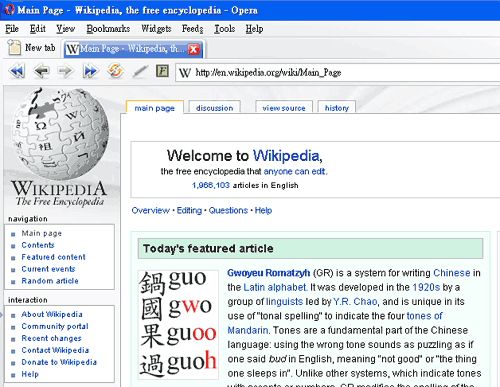My wife and I also recently traveled to Lugang (Lùgǎng / 鹿港 / often spelled “Lukang”). This is in Zhanghua (Changhua) County, not far from Taizhong. It makes a nice day trip from Taipei, especially if using the high-speed rail for transportation.
Despite this being the second photo-laden post in a row, I haven’t dropped my general love of low-bandwidth entries. These photos are in part evidence toward an important point that I think is getting overlooked in the discussions of how much it will cost Taiwan to change to Hanyu Pinyin: The signs in much of Taiwan remain inconsistent and something of a mess despite the at-best partially instituted change several years ago to Tongyong Pinyin. More on that in a later post.
Now for the signs.
Lugang, whose name means “deer harbor,” put deer signs atop some signposts.
Many of the signs in Lugang are in Tongyong Pinyin (e.g., Jhongshan and Mincyuan, for what in Hanyu Pinyin would be Zhongshan and Minquan). Note that other signs are in English — or in Chinese characters with no romanization at all. (Note, too, that the two signs for Minquan Road (民權路) — one of which is partially covered — point in different directions!)
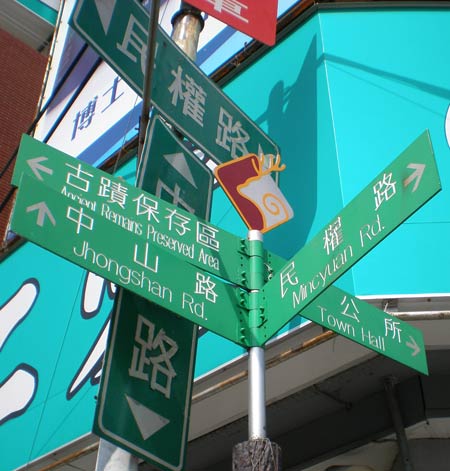
But Tongyong Pinyin certainly isn’t the only romanization system found there. Here, for example, we have Wade-Giles (“Longshan,” “Zhongshan”). (Note that there’s no romanization given for Sānmín Road / 三民路.)
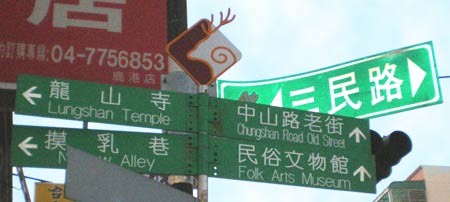
And here’s yet another romanization system on official signage within Lugang. In the photo below the top sign is in the rarely seen Gwoyeu Romatzyh: Cherng-Hwang Temple, which in Hanyu Pinyin is Chénghuáng (“city god”) Miào (城隍廟). The sign below that (“San-Shan Kuo-Wang”) is in Wade-Giles. And the two signs below that don’t have any romanization at all. None of these signs are likely very old.
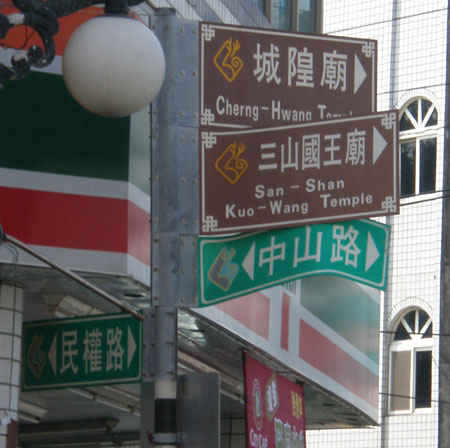

 About 150 years ago “bilingual” signage meant something very different in Taiwan than it does today. Back then it was Literary Sinitic and Manchu, as seen on this stela outside a temple in Lugang.
About 150 years ago “bilingual” signage meant something very different in Taiwan than it does today. Back then it was Literary Sinitic and Manchu, as seen on this stela outside a temple in Lugang.
While in the Lugang Folk Arts Museum I spotted a photo from the Japanese era of a building with romanization. Note, too, the “Huang” (黃) at the top, which marks the ownership of the Huang family. Many buildings in Lugang bear that mark.
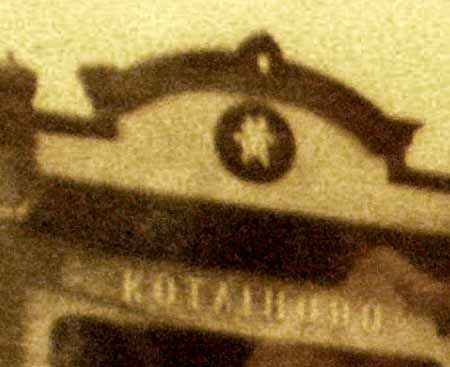
Here’s the whole building:
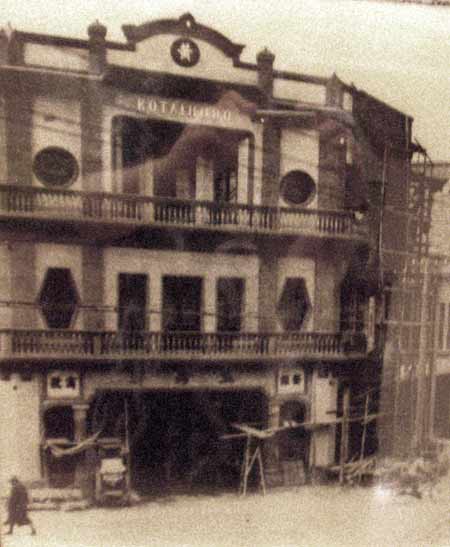
I didn’t notice that particular building while I was walking around the town. But I did see this one, with “CHIN” in large letters:

No less interesting are the letters, now largely effaced, near the top of the same building (click to enlarge). They were used to write something in Taiwanese.

After leaving Lugang, what should I see at the Taizhong high-speed rail station but InTerCaPiTaLiZation. That practice is a cancer on romanization everywhere.

I feel a little guilty because much of Lugang — at least its historic section — is lovely and worth visiting. But here I’ve been showing you a bunch of signs. If you’d like to see what Lugang looks like beyond its signs, try parts one, two, and three of Craig Ferguson’s posts on his visit there.
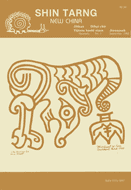 I’ve just put up another issue of Xin Tang.
I’ve just put up another issue of Xin Tang. 
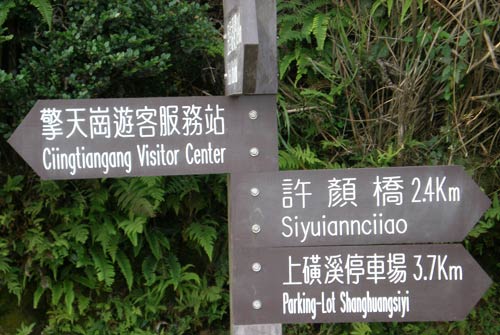
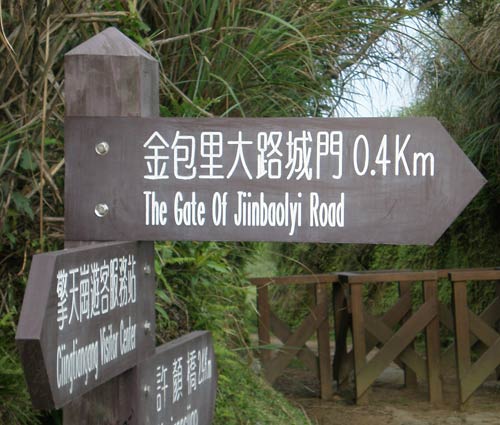
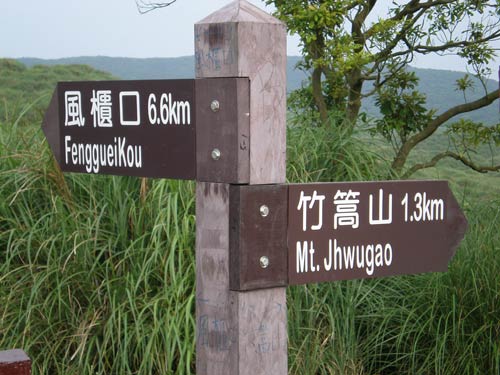
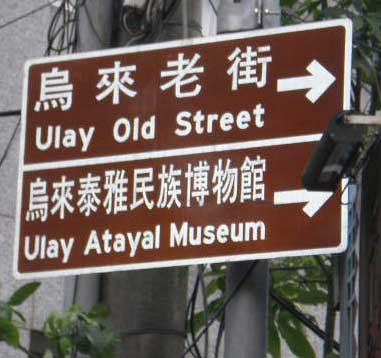

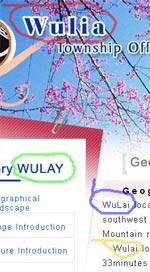
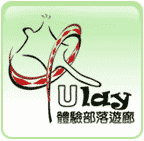
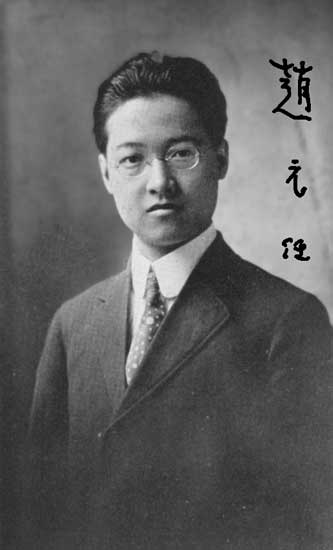 Pinyin.Info has a new reading:
Pinyin.Info has a new reading: 



 About 150 years ago “bilingual” signage meant something very different in Taiwan than it does today. Back then it was Literary Sinitic and Manchu, as seen on this stela outside a temple in Lugang.
About 150 years ago “bilingual” signage meant something very different in Taiwan than it does today. Back then it was Literary Sinitic and Manchu, as seen on this stela outside a temple in Lugang. 




